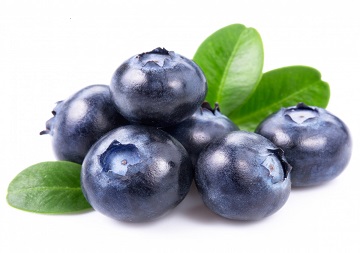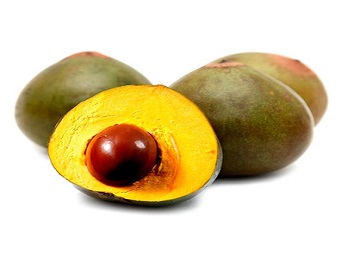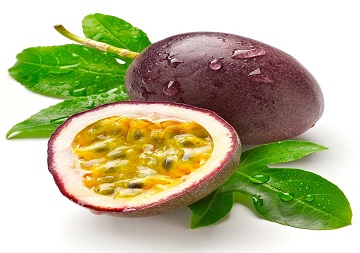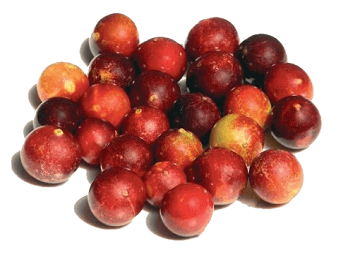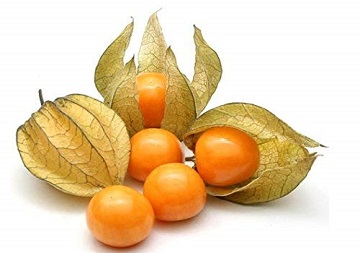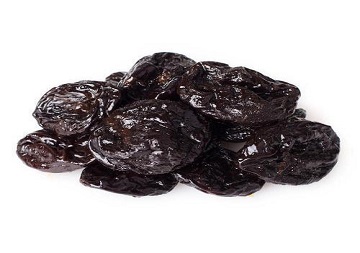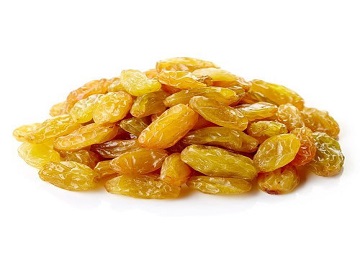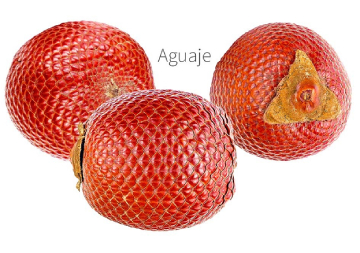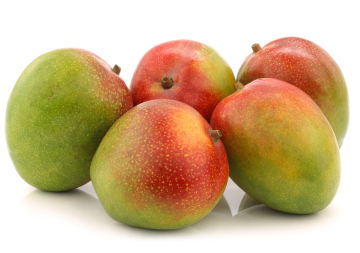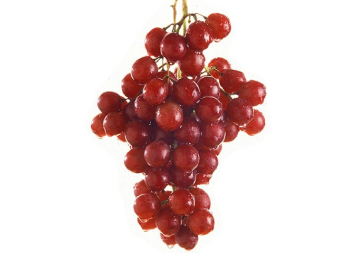ASPARAGUS
Asparagus, officially known as Asparagus officinalis, is a member of the lily family
This popular vegetable comes in a variety of colors, including green, white and purple. It’s used in dishes around the world, including frittatas, pastas and stir-fries.Asparagus is also low in calories and packed with essential vitamins, minerals and antioxidants.
Antioxidants are compounds that help protect your cells from the harmful effects of free radicals and oxidative stress.Oxidative stress contributes to aging, chronic inflammation and many diseases, including cancer .
Asparagus, like other green vegetables, is high in antioxidants. These include vitamin E, vitamin C and glutathione, as well as various flavonoids and polyphenols .Asparagus is particularly high in the flavonoids quercetin, isorhamnetin
These substances have been found to have blood pressure-lowering, anti-inflammatory, antiviral and anticancer effects in a number of human, test-tube and animal studies What’s more, purple asparagus contains powerful pigments called anthocyanins, which give the vegetable its vibrant color and have antioxidant effects in the body In fact, increasing anthocyanin intake has been shown to reduce blood pressure and the risk of heart attacks and heart disease Eating asparagus along with other fruits and vegetables can provide your body with a range of antioxidants to promote good health.


